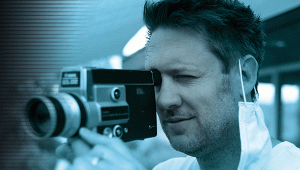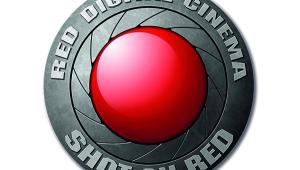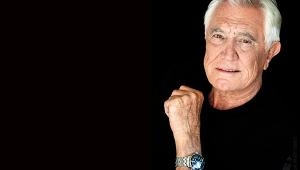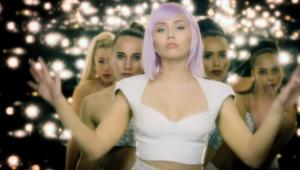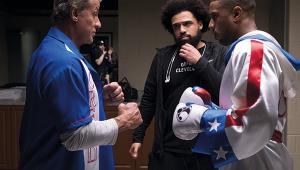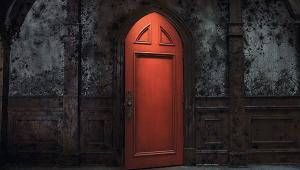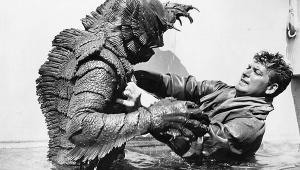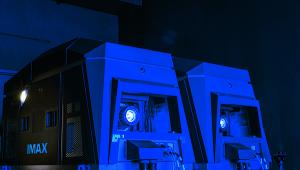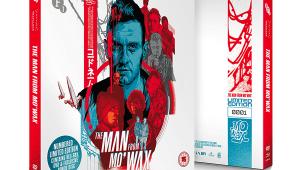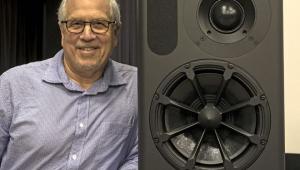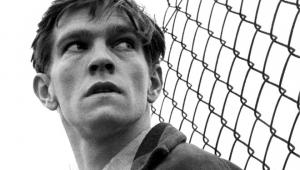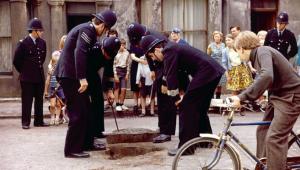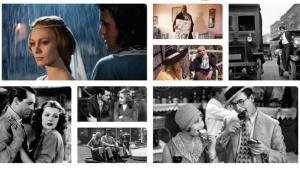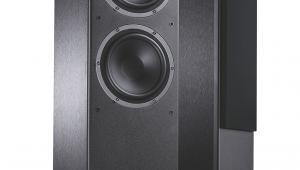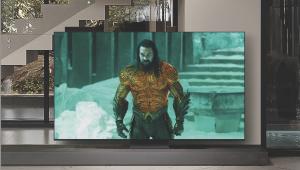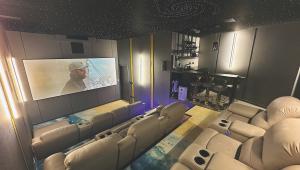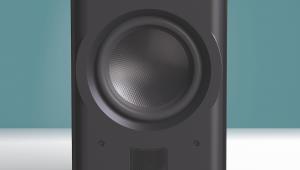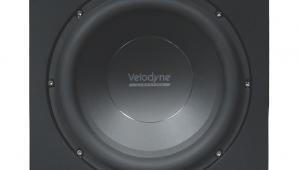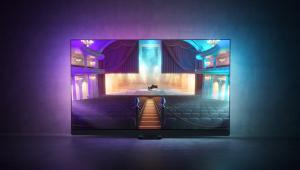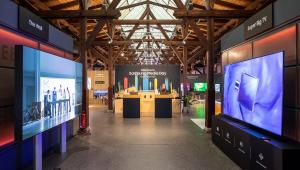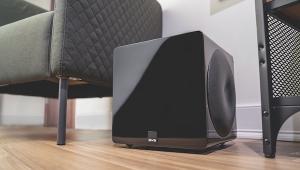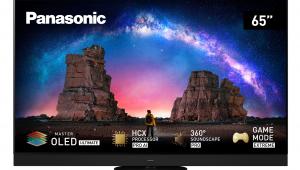Back from the dead...
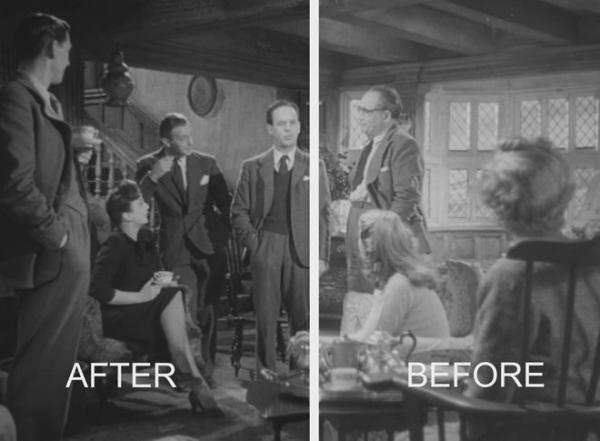
BFI restoration maestro Ben Thompson reveals how the 1945 Ealing Studios classic Dead of Night was brought back to life on Blu-ray...
Can you tell us a little about your role as Section Leader – Image Quality at the BFI National Archive?
'You might say that I'm a technical coordinator of sorts between the smaller scale restoration and preservation work we do on-site at the Archive and the work we do with external partners on larger-scale remasters and restorations. Dead of Night falls into the latter category. However, we are scaling up to the point where we will be able to do full feature restoration as well.'
Were you able to get hold of Dead of Night's original camera negatives for the restoration?
'Unfortunately not. We're not certain about the fate of the original camera negative. Here at the BFI we only had projection prints and odd reels of dupe negatives, which were useful as reference material, but not much more. However, because the restoration was done in conjunction with StudioCanal, we had access to its film materials held at Pinewood Studios.
'Ultimately we had the option of using a fine grain 35mm positive and a 35mm dupe negative. We went for the dupe negative because it was much more complete than the fine grain positive, which had a lot of frames missing. That's not to say that we wouldn't consider using the fine grain if necessary, but we were very happy with the results from the scan of the negative.'
What resolution was the film scanned at?
'It was a 2K scan. Although it's becoming more and more commonplace to scan at 4K – and here at the Archive we're proud of the capacity we have to scan at 6K – at the end of the day it's all a matter of budget.'
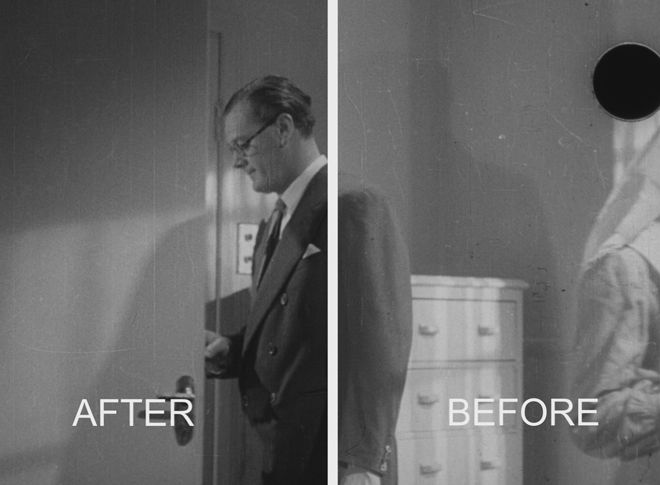
When it comes to a restoration, what is the ultimate goal you are aiming for?
'I'm not a fan of seeing something "over-cleaned". What I enjoy is being able to rectify the sort of faults in the imagery that have come about as a result of duplication. Things like softness, unsteadiness and warping.
'For example, in the case of Dead of Night, some of the optical mixes from one shot to another are probably fifth-generation! So we tried to make those transitions appear more comfortable, rather than making them seamless. The dupe effect is still visible, but it's not as problematic as it was.'
Were there any other significant challenges with regards to this particular restoration?
'It was mainly the softness of the image. So we used an aperture correction restoration tool to sharpen the image throughout. I'm always cautious about sharpening, but this was applied very subtly with only a few shots picked out for a little more work.
'The other major issue was the flicker in the scans. Over the past five or so years audiences have been trained to expect an image that doesn't flicker too much, to the point that they see faults in films that used to be perfectly acceptable. As it was definitely a printing fault in the case of Dead of Night, the whole film was de-flickered slightly.
'The most problematic part when it came to flicker was reel seven [the golf segment]. This reel clearly came from a different source, as the rest of them were mute and it had an optical soundtrack. One of the drawbacks of this is that the variable density of the soundtrack portion can result in flares into the image. You can tell because the fluctuations happen more or less in sync with the people talking. So that had extra de-flicker work done.
'Another issue with that reel came about during an optical mix to a shot of the sun in some clouds. Because of the limited dynamic range of the duplicate stocks the sun is quite subtle in the mix, but once it gets beyond that and goes to the negative it suddenly pings out brightly and looks like an effect. So we reduced the contrast slightly.
'Ultimately, it's all part and parcel of the remastering process.'
Dead of Night is available to buy on Blu-ray from StudioCanal and is reviewed here.
 |
Home Cinema Choice #351 is on sale now, featuring: Samsung S95D flagship OLED TV; Ascendo loudspeakers; Pioneer VSA-LX805 AV receiver; UST projector roundup; 2024’s summer movies; Conan 4K; and more
|


